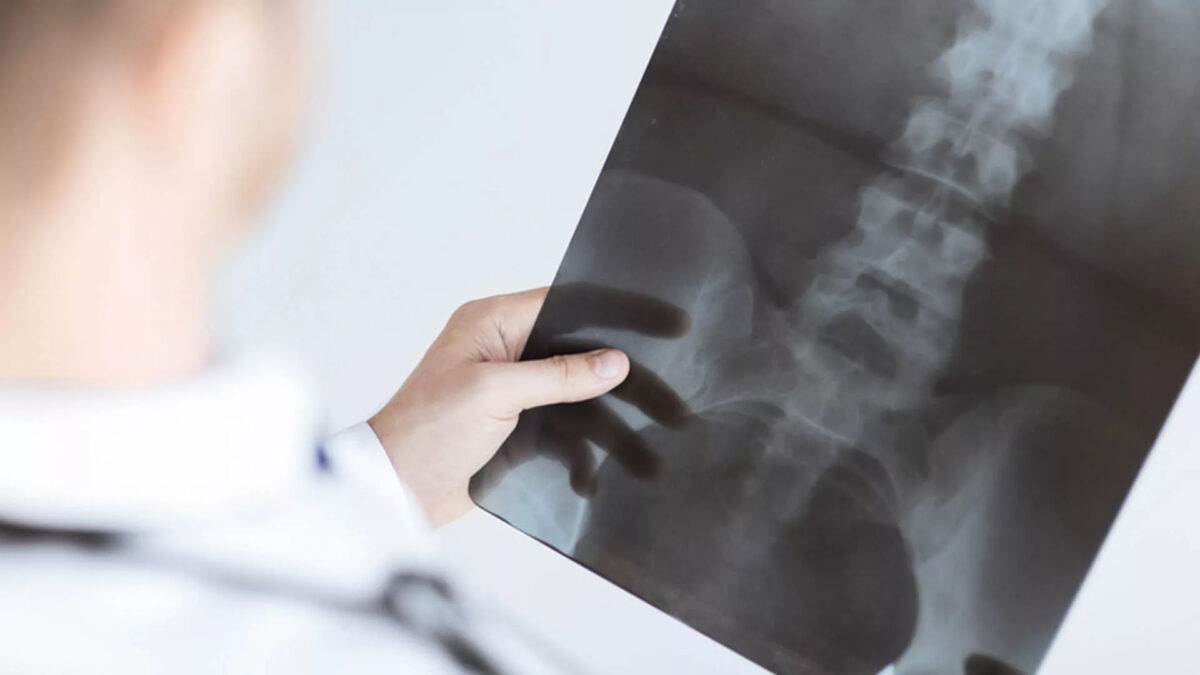Advanced Discograms

What is a Discogram?
A discogram, or diskogram, is a test used to evaluate back pain. A discogram may help your doctor determine if an abnormal disk in your spine is causing your back pain.
Spinal disks look a little like jelly doughnuts, with a tough outer layer and a gel-like substance inside. Disks act as cushions between the bones in your spine.
During a discogram, dye is injected into the soft center of the disk. The injection itself sometimes reproduces your back pain. Several disks may be injected to try to pinpoint the cause of your back pain.
The dye also moves into any cracks in the disk’s exterior, which can then be seen on an X-ray or CT scan. However, disks that show signs of wear and tear don’t always cause symptoms, so the usefulness of a discogram is controversial.
Why is a Discogram done?
A discogram is an invasive test that generally isn’t used for an initial evaluation of back pain. But your doctor may suggest a discogram if your back pain persists despite conservative treatments, such as medication and physical therapy.
Some doctors use a discogram before spinal surgery to help identify which disks need to be treated.
What are the risks?
A discogram is generally a safe procedure. But as with any medical procedure, a discogram carries a rare risk of complications. Possible complications include:
- Infection
- Worsening of chronic back pain
- Headache
- Injury to nerves in and around the spine
- Allergic reaction to the dye
How do you prepare for the test?
You may need to avoid taking blood-thinning medications for a period of time before the procedure. Your doctor will give you specific instructions about what medicines you can take. You will need to avoid food or drink the morning before the test.
What should you expect on the day of the procedure?
The total time for the test is about three hours. The discogram itself takes about 30 minutes. You’ll be able to go home later that same day.
What happens during a discogram?
The total time for the test is about three hours. The discogram itself takes about 30 minutes. You’ll be able to go home later that same day.
A discogram is performed in a clinic or center that has imaging equipment. You are awake during the procedure, but your doctor may give you a sedative through a vein to help you relax. You may also receive antibiotics to help prevent infection.
During the procedure, you lie on a table on your abdomen. After cleaning your skin, your doctor may inject a numbing medicine to decrease pain caused by the insertion of the discography needles.
Your doctor will use an imaging technique (fluoroscopy) that enables him or her to watch as the needle enters your body. Fluoroscopy allows more precise and safer placement of the needle into the center of the disk to be examined. A contrast dye is then injected into the disk, and an X-ray or CT scan is taken to see if the dye spreads.
If the dye stays in the center of the disk, the disk is normal. If the dye spreads outside the center of the disk, the disk has undergone some wear-and-tear change. These changes may or may not be the cause of your pain.
Typically, if a disk is causing your back pain, you will feel pain during the injection that’s similar to the back pain you have daily. If a disk is normal, there’s little pain during injection. During discography, you will be asked to rate your pain.
What happens after the discogram?
You remain in the procedure room for approximately 30 minutes to one hour for observation. Someone will need to drive you home.
It is normal to have some pain at the injection site or in the low back for several hours after the procedure. You will need to keep your back dry for 24 hours after the procedure. If you develop severe back pain or you develop a fever one to two weeks after the procedure, call your doctor right away.
Results of a Discogram
Your doctor will review the images and the information you provided about the pain you experienced during the procedure. Both are important to help pinpoint the source of your back pain. Your doctor will use this information to guide your ongoing back pain treatment or prepare for surgery.
Doctors usually don’t rely on the results of a discogram alone to guide treatment. That’s because a disk with wear-and-tear change might not cause pain. Also, pain responses during a discogram can vary widely.
Typically, results of a discogram are combined with results of other tests — such as MRI or CT scan and physical examination — when determining a back pain treatment plan.

